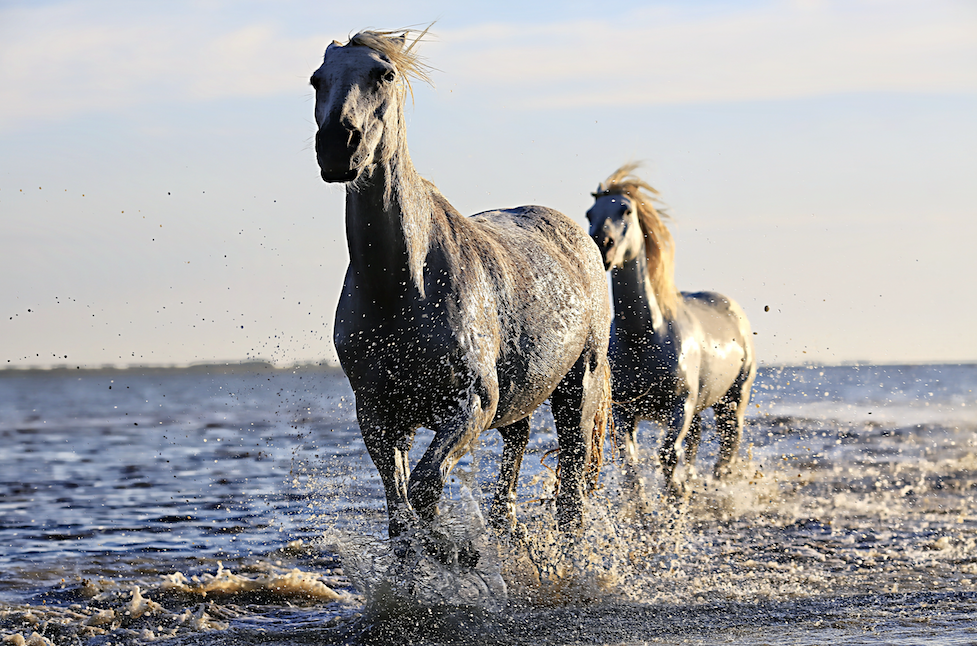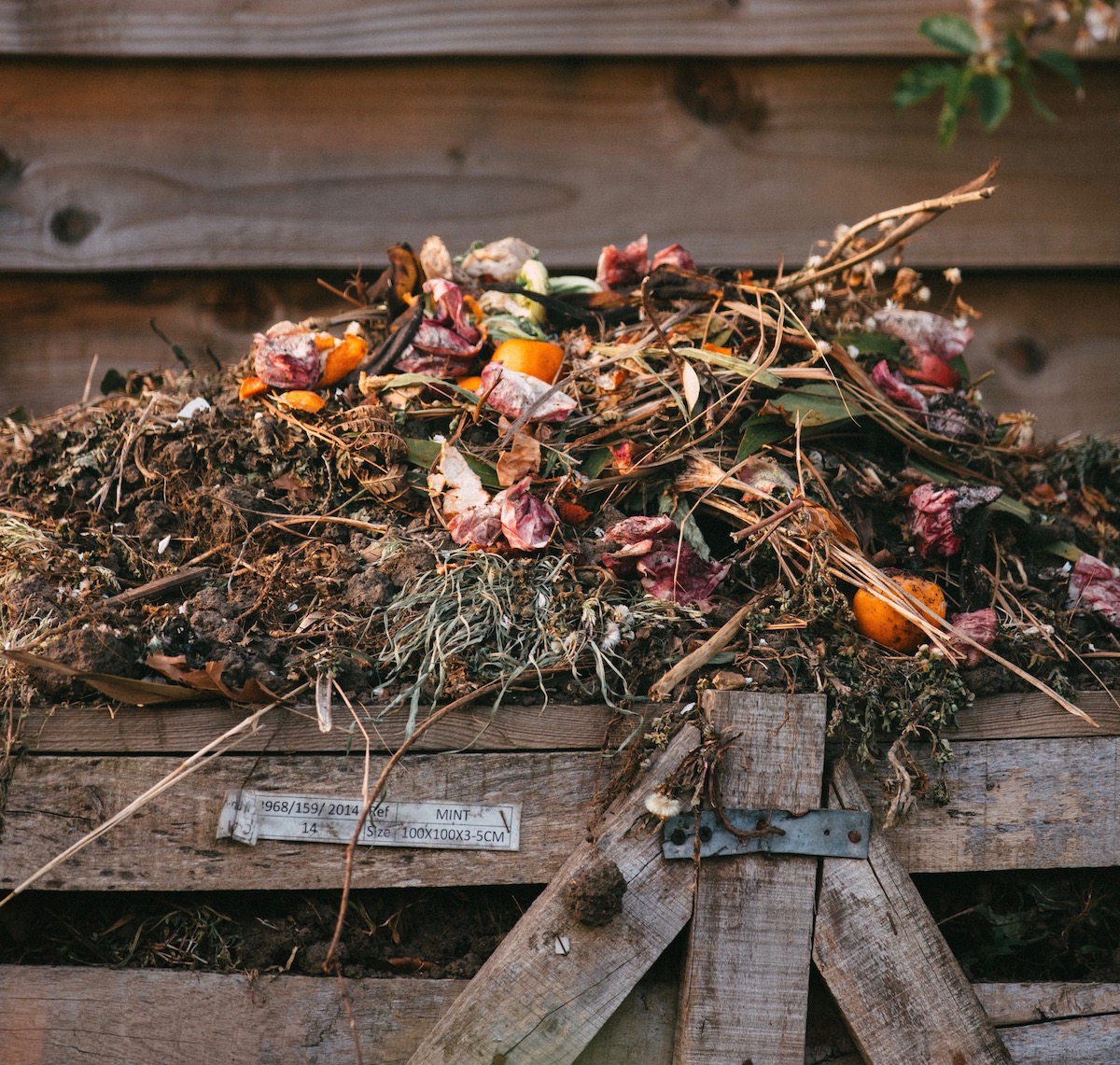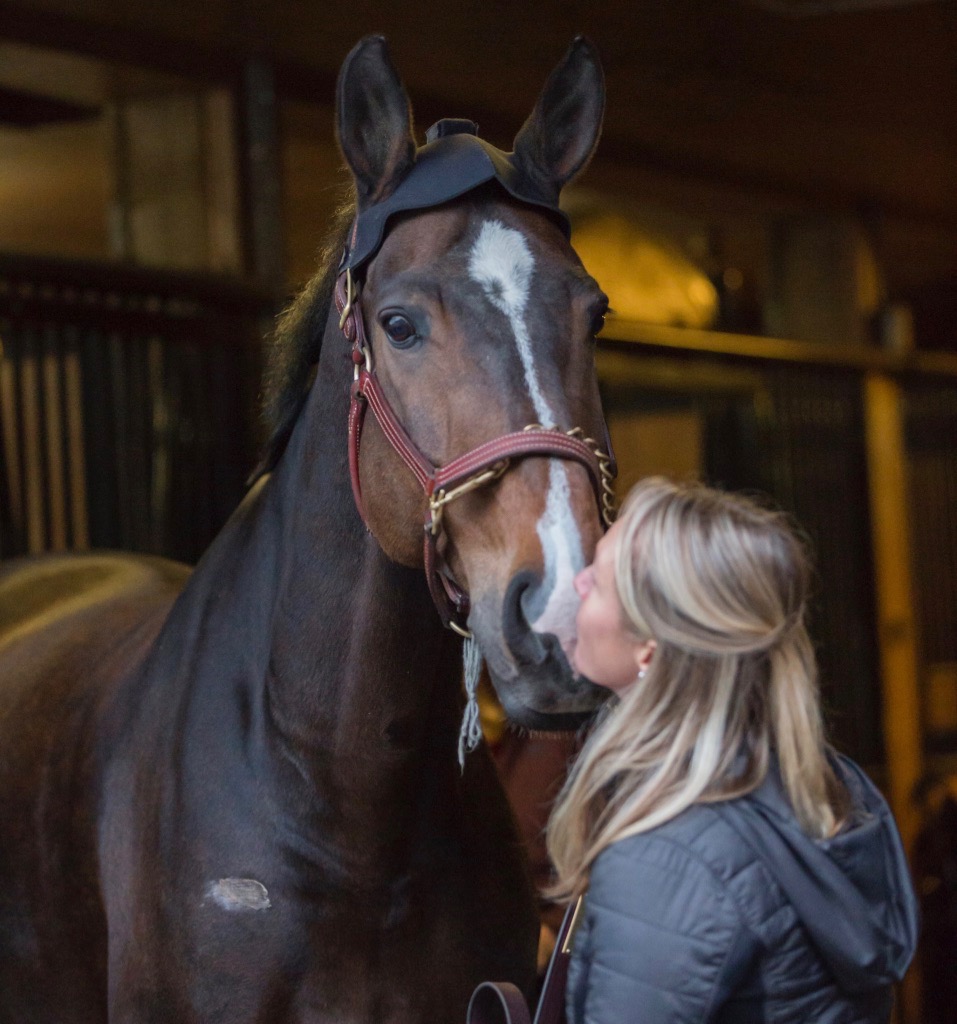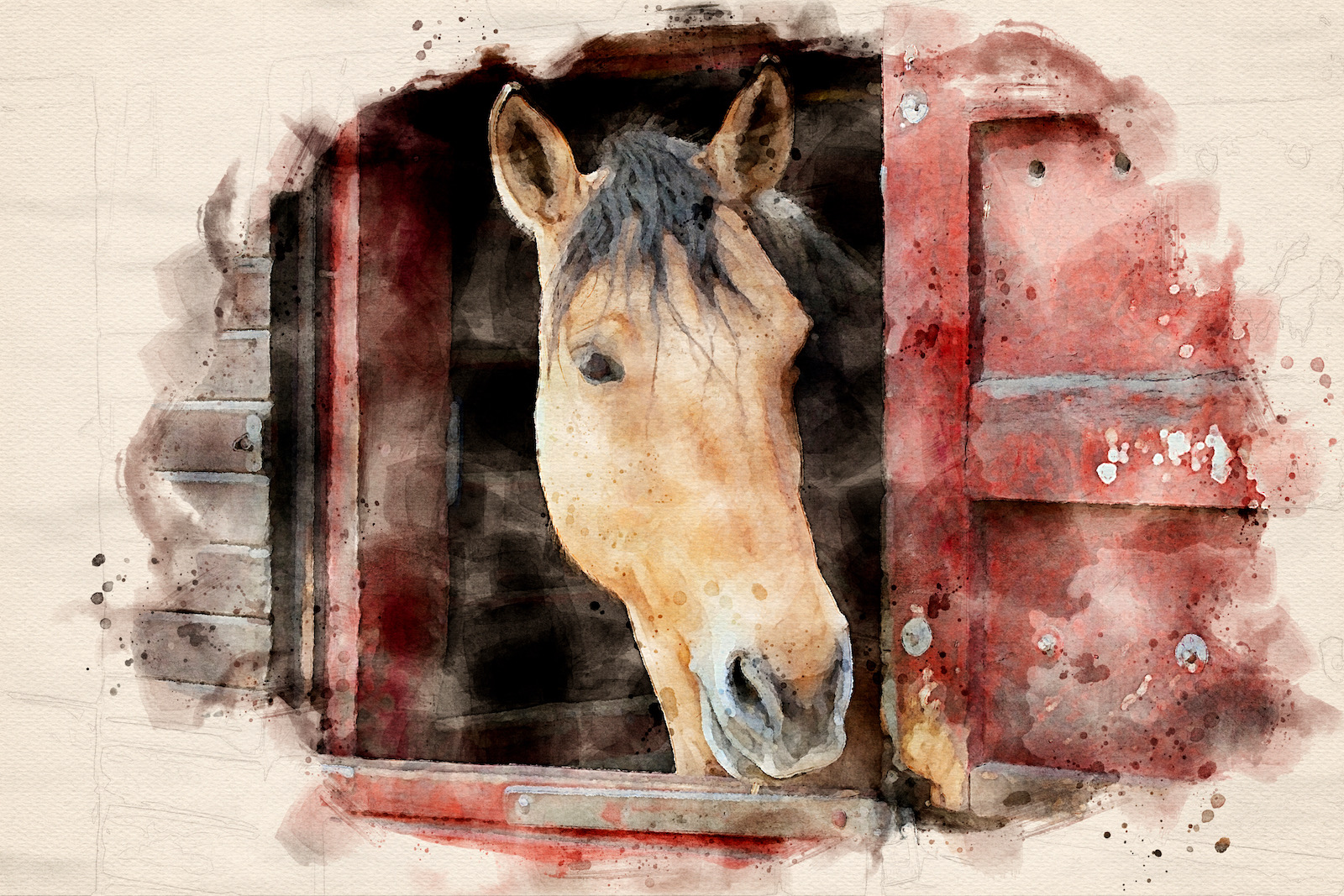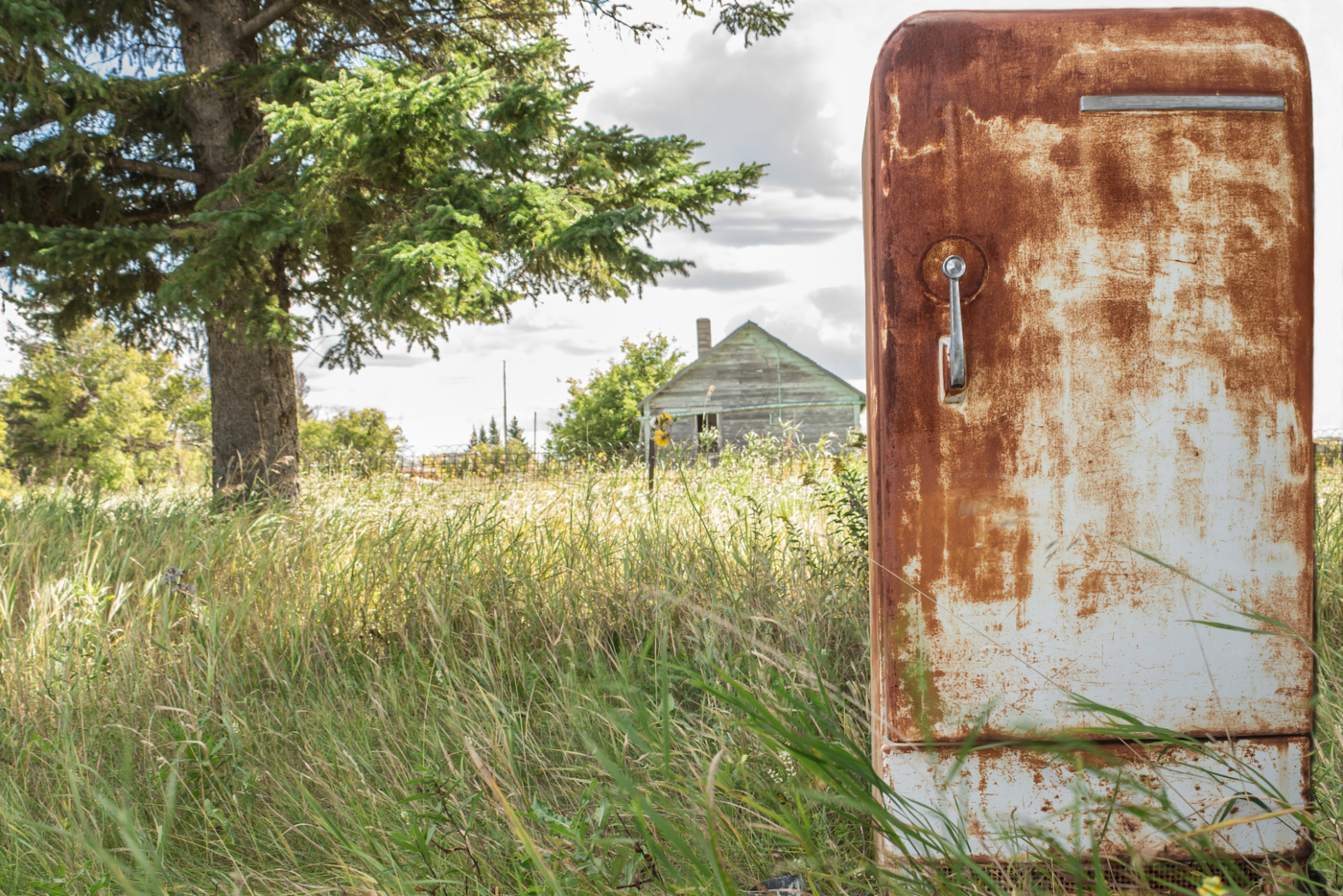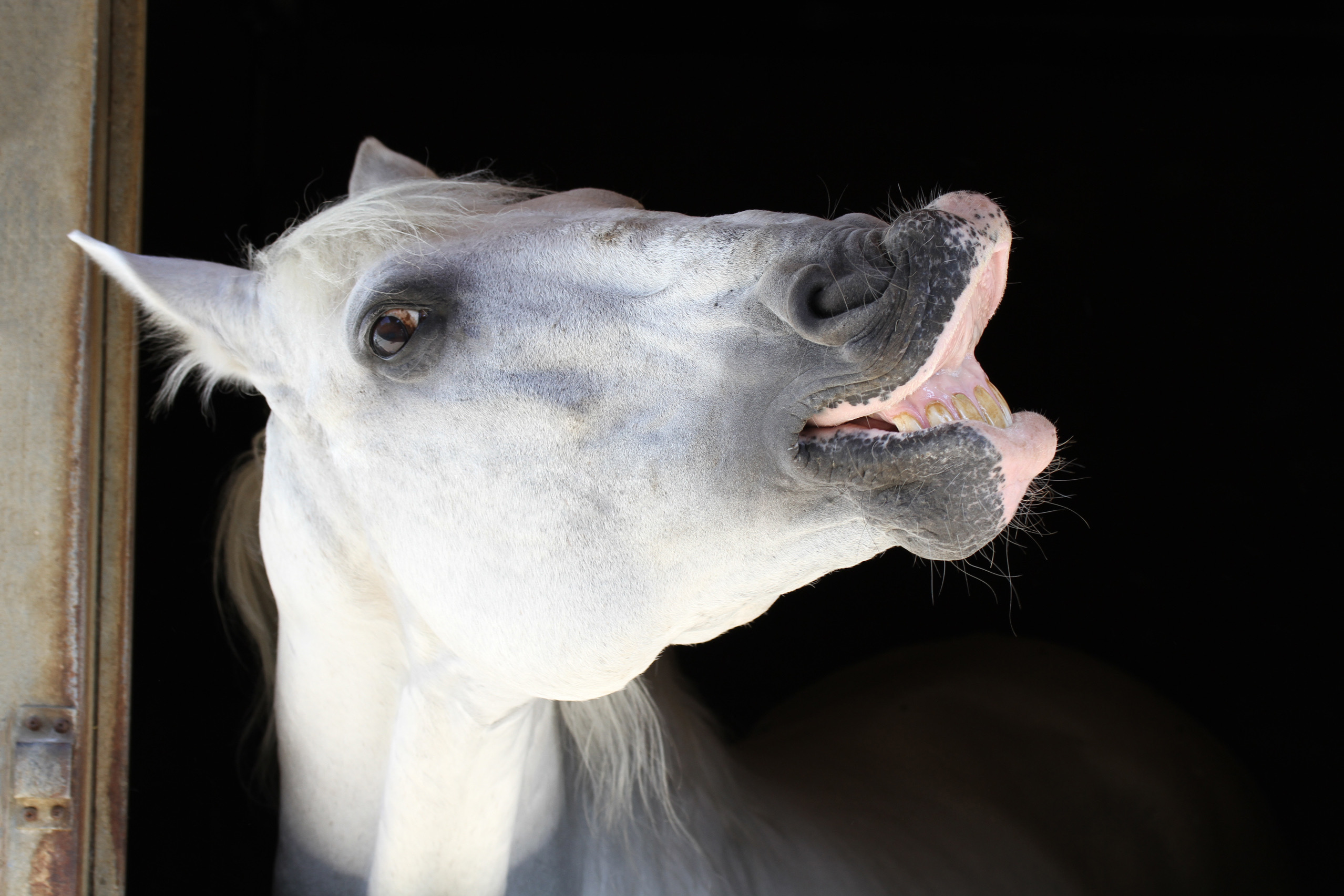For the past two weeks, poor air quality alerts have been plastered all over each day’s forecast. These mean that the air is dangerous to breathe due to overly abundant pollutants. In addition to filthy oxygen, the heat and humidity have been excessive, and even our fittest jumpers have required additional cooling out procedures. However, before one can focus on tempering a panting steed, he or she should be familiar with the signs of heatstroke (which can occur even to pasture-bound retirees when conditions are right).
A Quick Refresher…
We all recognize that elevated levels of breathing, heart rate, and body temperature are indications of an overheated mount, as well as excessive sweating or – worse – no sweating at all (since sweat is the body’s own cooling mechanism). When a horse has heatstroke, blood is redistributed near the skin to help cool it, which means less blood flow (and oxygen) for the vital organs (like the brain), and that these organs are also subject to potential damage from an excessively high body temperature. This situation can cause multiple health problems, including death. What we’re saying is that it’s serious, and one should monitor horses closely on hot, humid, dirty-air days. In instances of suspected heatstroke, the strategy should be to find shade, bathe immediately (and repeatedly), and utilize a fan if possible. When the chest is cool to the touch, mission accomplished.
Walk It Off…
For the average, everyday post-workout cool down process, best practices dictate that each ride should be followed by a long walk in order for a horse to regulate his internal temperature. Why walk? A sudden ceasing of activity slows contraction of the large muscles used during exercise, effectively trapping heat within them. Walking keeps these muscles active, circulating blood away from them, around the body, and to the skin and lungs where it can be cooled.
What Else?
The stifling weather of the past two weeks is typical for summer in New York, so we have a handful of tricks (beyond basic shade and abundant water) that we use to keep our geldings healthy and hydrated on even the hottest days. Below, we list a couple of our coolest ideas (sorry) for beating the heat.
You Can Lead a Horse to Water…
…and you can also make that sucker drink! Enter Horse Quencher, a delicious mixture of goodies that are irresistible to the equine palate. Simply mix with water, and your horse will be licking the bottom of an empty bucket in no time.
At OR, we mix daily grain rations with warm water to ensure adequate consumption. It can be a bit messier than dry grain, but it seems like a no brainer to us!
Enlyten Us
Electrolytes, because sweat isn’t water. Horses sweat out a combination of minerals that often require replenishing beyond the regular feeding schedule. When this is the case, we turn to electrolyte supplements, and highly recommend reading all about that here. The more you know…
Cool Kicks
Cold therapy reduces inflammation, and though there are conflicting schools of thought regarding the benefits of icing an injury, we like to believe that reducing inflammation in the legs of a healthy horse is a good thing. After a strenuous workout on a hot day, we often use compression ice boots, these awesome reusable gel wraps, and/or a good old fashioned cold hosing to reduce excessive heat or inflammation.
Mystem
Mystem: (?mist?m) a misting system.
Purchased easily enough at any well equipped hardware store, a misting system provides additional cooling to any sheltered area and can be assembled by anyone with a couple of tools and the will to do it. Combine it with a fan for the ultimate in equine luxury accommodations.
Pro-Tip
Melissa Vaughn, dressage trainer and co-owner of Vaughn Equestrian, was kind enough to share two of her favorite products for summer skin problems (scratches, anyone?), though she mentioned that with the heat, humidity (and in some places, sand) it’s common for horses to battle skin issues and fungus all year long. Melissa uses Equiderma Zinc Oxide Paste and Equiderma Skin Lotion to help prevent a wide variety of dermal diseases. From an itchy tail to pastern crud, these products help resolve the most common skin issues. And since an ounce of prevention is worth a pound of cure, she also recommends drying legs from knee/hock down. “Not damp, DRY!”


